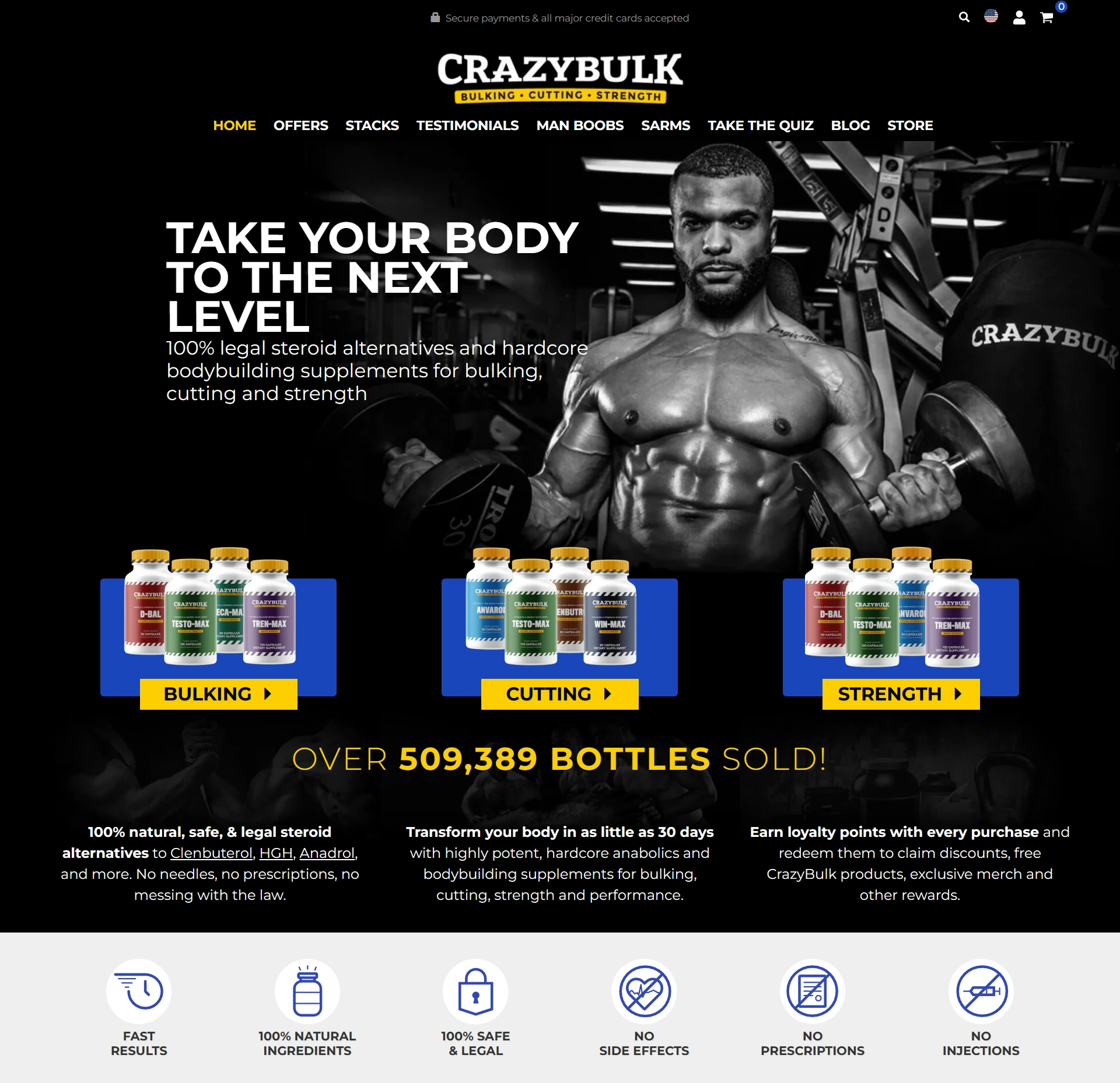
black core testosterone
Add a review FollowOverview
-
Founded Date December 8, 1979
-
Sectors Deck
-
Posted Jobs 0
-
Viewed 693
Company Description
Low Testosterone Information & Treatment

Low Testosterone Information & Treatment
During treatment, your doctor may need to repeat blood tests to monitor your levels of testosterone, hemoglobin, and hematocrit. To diagnose low testosterone, your doctor will ask questions about your health history, give you a physical examination, and assess you for possible signs and symptoms of low testosterone. If low testosterone is suspected, a blood test measuring the level of testosterone in your blood can verify the diagnosis. Also known as male hypogonadism, low testosterone levels affect about 5 percent of men nationwide.
Erectile dysfunction (ED) is not commonly caused by low testosterone production. In cases where ED accompanies lower testosterone production, hormone replacement therapy may help your ED. As men age, they can experience a number of symptoms related to sexual function that may be a result of lowered levels of this hormone.
It is well known that exogenous testosterone can – and often will – cause infertility. Unfortunately, some doctors prescribe testosterone to treat infertility, and inadvertently make the problem worse. So, before you call that low-T clinic or click on an outlandish ad for testosterone-boosting supplements, find out what’s at stake for your health.
The American Urology Association identifies low testosterone as less than 300 nanograms per deciliter (ng/dL). While men may have feelings of embarrassment, they are not alone. It should also be noted that low testosterone itself can be a risk factor for cardiovascular disease. If a man has shown some breast development, doctors may check his levels of estradiol, a form of estrogen. For 100 years, the Endocrine Society has been at the forefront of hormone science and public health. Read about our history and how we continue to serve the endocrine community. Our physician referral directory is comprised of over 6,500 members of the Society.
In this article, you will learn more about the symptoms of low testosterone, how low testosterone is diagnosed, and the treatments available. This document was written by the Evaluation and Management of Testosterone Deficiency Guideline Panel of the American Urological Association Education and Research, Inc., which was created in 2016. The Practice Guidelines Committee (PGC) of the AUA selected the committee chair. Membership of the Panel included specialists in urology, cardiology, family medicine, and psychology with specific expertise on this disorder. The mission of the Panel was to develop recommendations that are analysis-based or consensus-based, depending on Panel processes and available data, for optimal clinical practices in the treatment of muscle-invasive bladder cancer. Each member of the Panel provides an ongoing conflict of interest disclosure to the AUA.
Testosterone medications are controlled substances that can only be prescribed by a physician. According to Dr. Guise, men who use testosterone without physician supervision run several risks. Brown University Health, Rhode Island’s first health system, was founded in 1994 by Rhode Island Hospital and The Miriam Hospital. Swerdloff says you should get multiple tests — at least two over the course of a couple of weeks or months. You’ll want to make sure you have low T before you take any action. Males experience a gradual decrease in testosterone as they get older. The older you are male testosterone levels dropping, the more likely that you’ll have low testosterone.
“Once you hit age 60, the rate of muscle mass decline goes up, and you’ll lose even more muscle mass because you’re getting older, not producing as much testosterone, and you’re not as active,” he explains. At this time, it is unclear whether TRT increases the risk of prostate cancer or symptoms of benign prostatic hyperplasia. However, based on inconclusive data, the FDA does warn of a possible increased risk of cardiovascular disease. Testosterone helps the body produce healthy red blood cells (RBCs).
The doctor may suggest lifestyle changes as a first step toward increasing hormone production. For example, increasing exercise while consuming a nutrient-dense diet can boost the body’s natural systems and overall health. Eating foods rich in vitamin D and zinc may help the body produce more male hormones. This could include beans, egg yolks, low-fat milk, oysters, shellfish, and tuna. The pharmacokinetics of short-acting testosterone therapy depends on the dose, interval, and method of delivery (SQ versus IM). The half-life for IM testosterone was also shorter at 173 hours versus 240 hours for SQ testosterone. Mean testosterone values over a 7-day time period were 1,659, 896, and 422 ng/dL for IM testosterone SQ 100, and SQ 50, respectively.
Although there is no universal laboratory definition of hypogonadism, in most laboratory reference ranges, the lower limit of normal is between 250 and 350 ng per dL (8.7 to 12.2 nmol per L). The Evaluation and Management of Testosterone Deficiency AUA Guideline provides guidance to the practicing clinician on how to diagnose, treat and monitor the adult male with testosterone deficiency. Guidance is also given on the management of patients with cardiovascular disease, men who are interested in preserving their fertility and men who are at risk for or have prostate cancer. No randomized controlled trial has demonstrated decreased cardiovascular events or mortality with testosterone therapy. Beginning around age 40, men’s testosterone levels start to gradually drop by about 1 to 2% each year. Reduced testosterone levels are quite common, with over a third of men over age 45 having levels below what is considered normal for their age. Men may notice symptoms of fatigue, depression or loss of facial and body hair.


